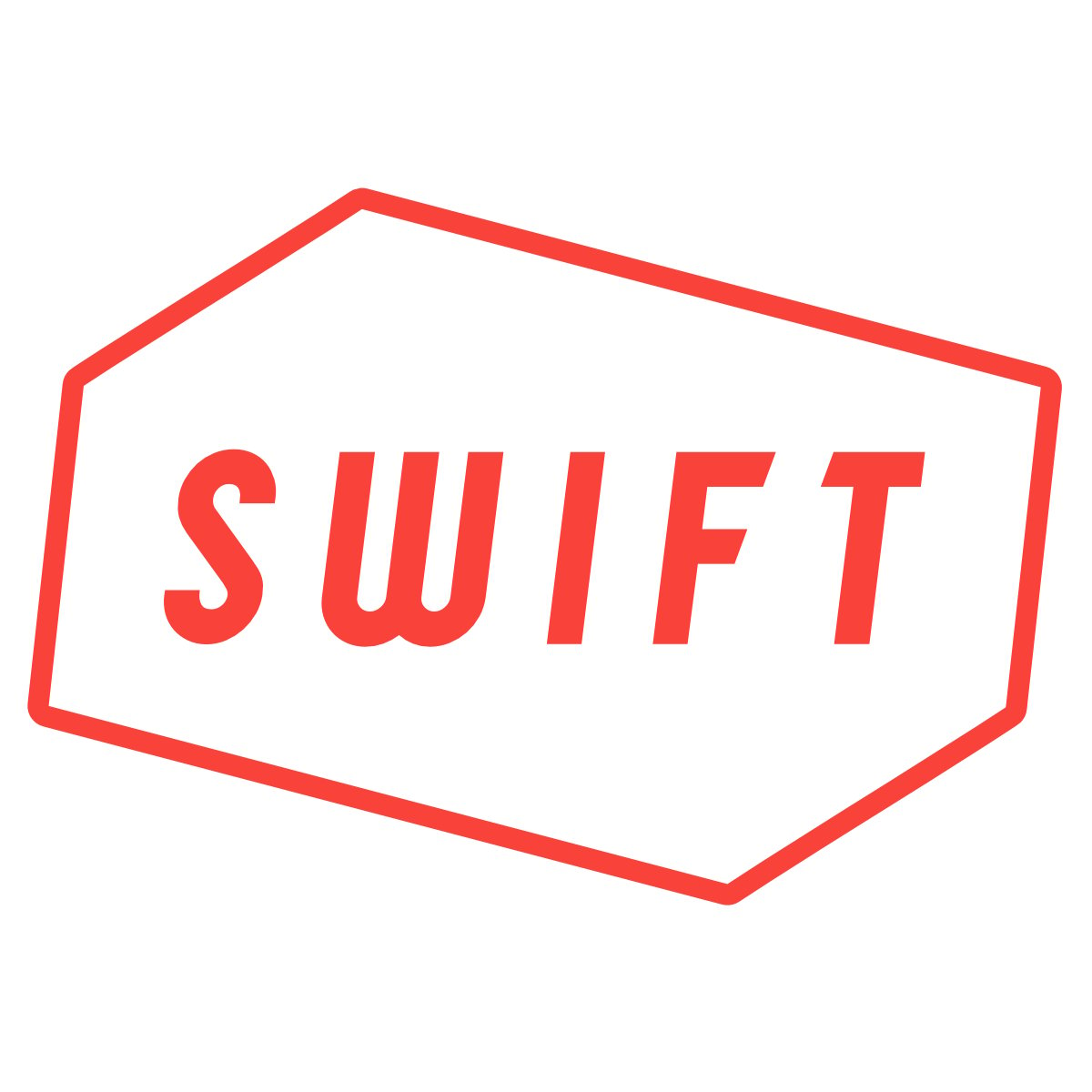22.4
Hand Speed (max)
8/08/23
Rankings available to Premium Subscriber
Rankings available to Premium Subscriber






To unlock contact information, you need to purchase a ScoutPLUS subscription.
Purchase Subscription
Verbally committed to Wabash Valley JC.
INF/RHP Enrico Veach (Springfield, 2024) pairs athleticism and polish to provide positive impact in multiple areas on the diamond. A strong-bodied athlete at 5-foot-11, 165-pounds, Veach was on the barrel from a short, level right-handed swing throughout his BP round with balance throughout. He showed more bat strength than we had seen from him previously, averaging 91.1 mph per batted ball, up eight ticks from the winter, and hitting his hardest ball at 96.1 mph while sending his farthest 350 feet. As his offensive profile trends up, Veach continues to look the part of a sure-handed defender on the dirt, covering ground confidently with soft hands to pair. He has the arm strength to stick as well, firing an 87 mph across the diamond on his firmest bullet. On top of that, Veach hopped on the mound at this event and pitched in the low-80s, touching 85 mph, with a low-70s breaking ball that breached the 2500 RPM mark.
Positional Profile: SS/RHP
Body: 5-11, 165-pounds.
Delivery: Quick sidestep windup, high leg lift into tall and fall, shorter, controlled stride.
Arm Action: RH. Full, continuous arm stroke, loose 3/4 slot.
FB: T85, 81-84 mph. Mostly straight with occasional cut. T2331, 2196 average rpm.
SL: 72-73 mph. Sharp 11/5 action with late depth. T2524, 2467 average rpm.
CH: 81-81 mph. Mostly straight, developing feel and shape. T2168, 2168 average rpm.
Positional Profile: SS/RHP
Body: 5-11, 165-pounds.
Hit: RHH. Stock setup, knee-knock trigger, gains ground. Controlled, quick and direct path, consistently hit line drives to all fields. Finished 2-for-4 during game play. 69.3 mph bat speed with 10 G’s of rotational acceleration.
Power: 96.1 max exit velocity, averaged 91.1 mph. 350’ max distance.
Arm: RH. INF - 87 mph. Long, quick arm, high 3/4 slot.
Defense: Soft hands, fluid actions, plays low and through the ball.
Run: 7.26 runner in the 60.
INF/RHP Enrico Veach (Springfield, 2024) was one of the top two-way guys of note on the day. Veach’s arm stood out without even looking at the radar gun, playing fluidly into release with noticeable looseness and ease (T80 mph). That same easy, loose arm played well on the mound, sitting an easy 82-85 mph but it was his high-spinning, tight curveball that turned heads. Veach featured arguably the best breaking ball of the day, playing with feel (75% strikes), all kinds of depth and spinning at an average of 2643, T2784. He rounded out his three-pitch mix with a mid-to-upper 70s changeup that was in the zone 60% of the time. At the plate, the right-handed hitter has a fluid on-plane right-handed swing that gets extension through contact and registered a T93.2 mph exit velocity with a max batted ball of 330’.
Positional Profile: SS/RHP
Body: 5-11, 165-pounds. Small frame. Some strength throughout.
Hit: RHH. Balanced setup, fluid load and stride. Athletic swing, bat stays on plane and through the zone, gap-to-gap approach and balanced finish.
Power: 93 max exit velocity, averaged 83.8 mph. 330’ max distance.
Arm: RH. INF - 80 mph. Loose, athletic arm, plays on the move, 3/4 slot.
Defense: Athletic footwork, steady hands and actions, plays through the ball into a shuffle, secures the ball into his body.
Run: 7.38 runner in the 60.
Delivery: Works off first base side of rubber, tall and fall actions, lands square slight rotational finish.
Arm Action: RH. High 3/4 slot, full arm swing.
FB: T85, 82-85 mph. Mostly straight, four seam type. T2290, 2162 average rpm.
CB: 69-70 mph. Sharp, 11/5 action, late depth with feel. T2784, 2643 average rpm.
CH: 76-77 mph. Thrown from lower slot, showed sink and fade action. T1639, 1615 average rpm.